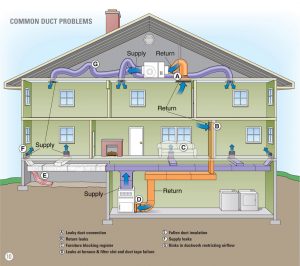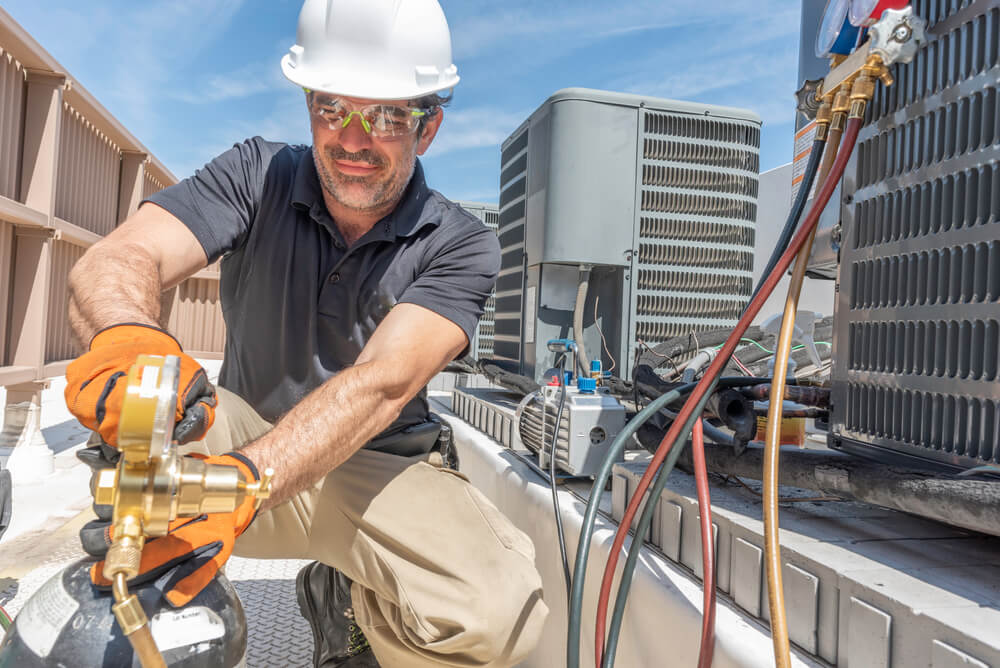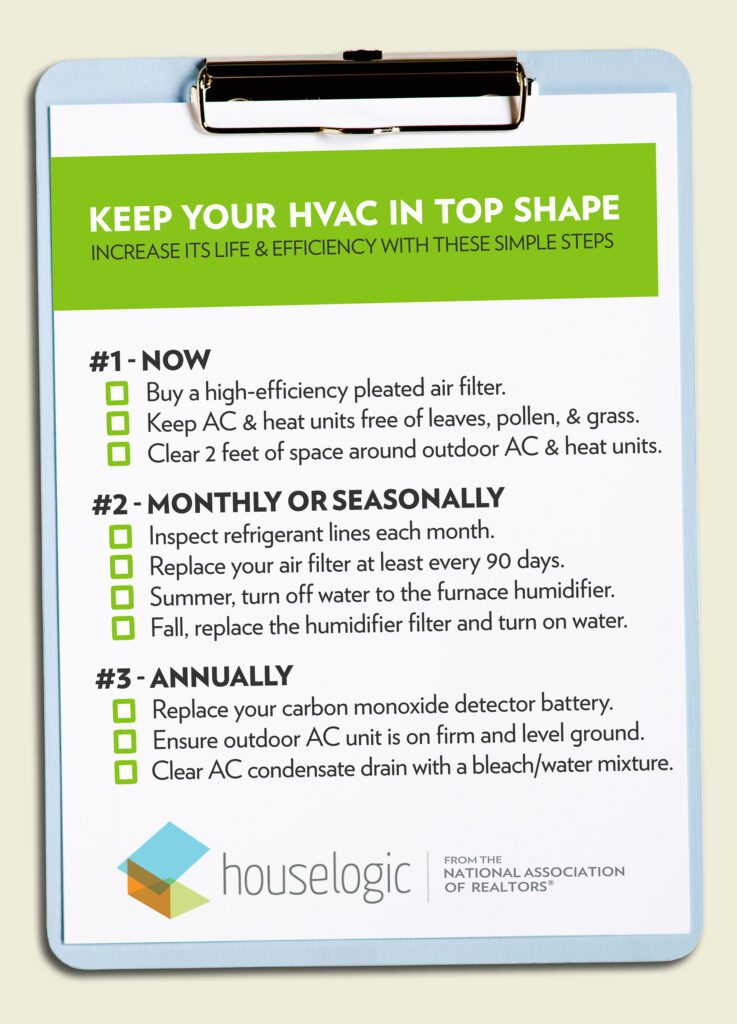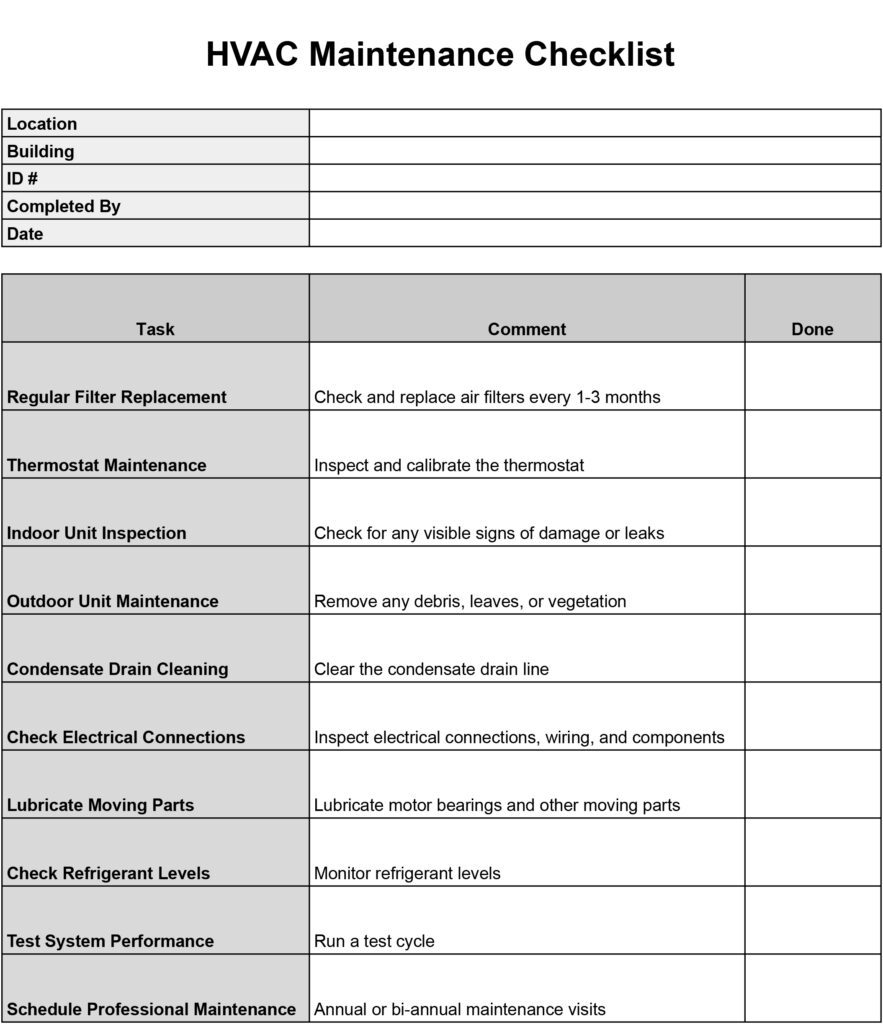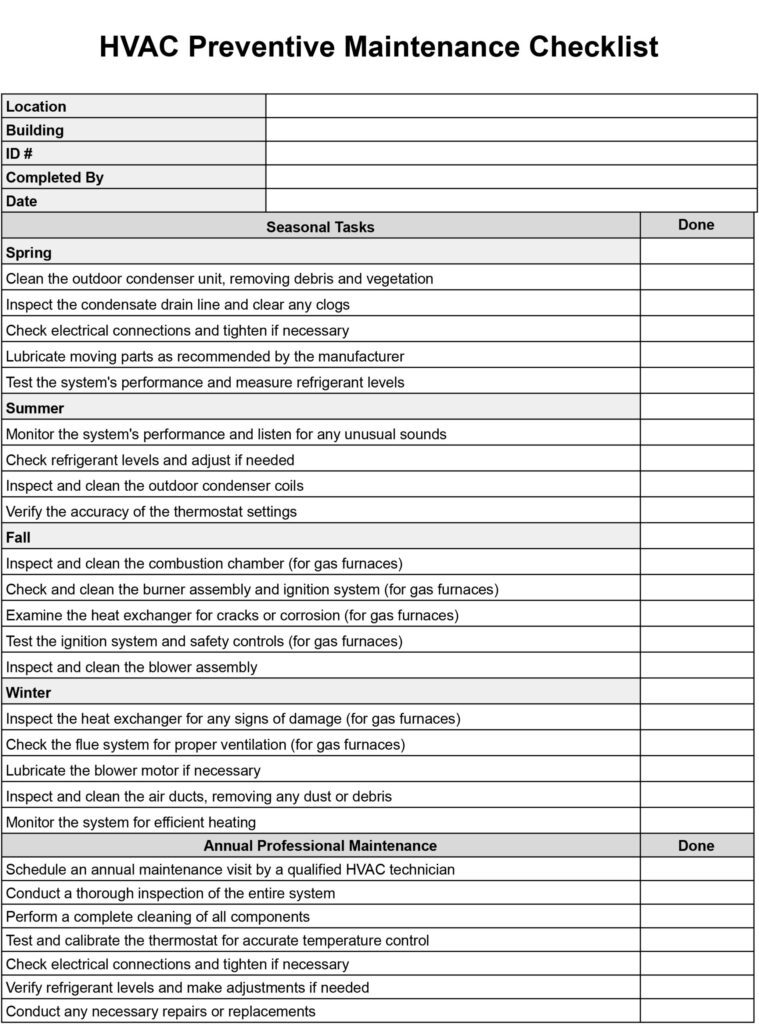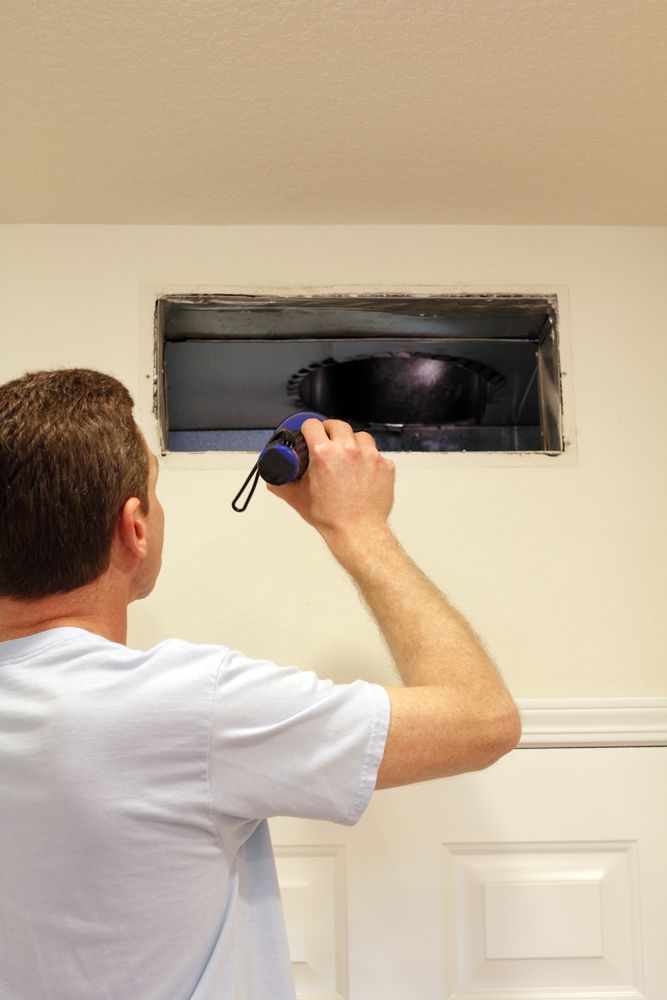In this article, you will learn about the key distinction between HVAC return and vent systems. Delving into the world of heating, ventilation, and air conditioning, we will explore the unique functions and purposes of both components. Whether you’re a homeowner, a curious learner, or simply seeking to enhance your knowledge, understanding this fundamental difference will empower you to make informed decisions regarding your HVAC system. So, let’s embark on this informative journey together and shed light on the dissimilarity between HVAC return and vent.
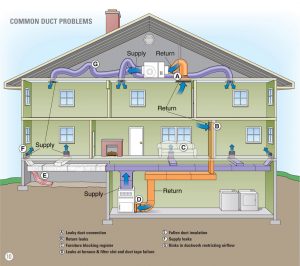

Definition of HVAC Return
An HVAC return refers to the part of the heating, ventilation, and air conditioning system that is responsible for circulating air back to the HVAC unit. It acts as an intake for air to be brought back into the system, where it can be conditioned and redistributed throughout the building. The HVAC return is generally connected to ductwork, allowing air to flow freely between the return and the HVAC unit.
Purpose of HVAC Return
The purpose of an HVAC return is to create a balanced and efficient airflow within a building. It plays a crucial role in maintaining indoor air quality by allowing stale air to be removed from the environment. The return draws in the air from different areas of the building, including the living spaces, and returns it back to the HVAC unit for further treatment.
Location of HVAC Return
HVAC returns are strategically located throughout the building to optimize air circulation. Common locations for HVAC returns include hallways, central areas, and larger rooms. They are typically positioned in areas where they can easily draw in air from various parts of the building. It is important to ensure that HVAC returns are evenly distributed to maintain a consistent indoor climate.
Definition of HVAC Vent
An HVAC vent, also known as a supply vent or air register, is responsible for delivering conditioned air from the HVAC unit to the living spaces in a building. It acts as an outlet for the treated air to be released into the environment. HVAC vents are connected to ductwork and are usually adjustable, allowing occupants to customize the amount and direction of airflow.
Purpose of HVAC Vent
The primary purpose of an HVAC vent is to distribute conditioned air evenly throughout the building. By delivering heated or cooled air directly to the living spaces, HVAC vents help maintain a comfortable indoor temperature. They also allow for the removal of stale air, contributing to better indoor air quality.
Location of HVAC Vent
HVAC vents are strategically located throughout the building to ensure optimal airflow. They are typically positioned near the ceiling or in the upper parts of the walls to allow for efficient distribution of conditioned air. HVAC vents are commonly found in rooms where temperature control is desired, such as bedrooms, living rooms, and offices.
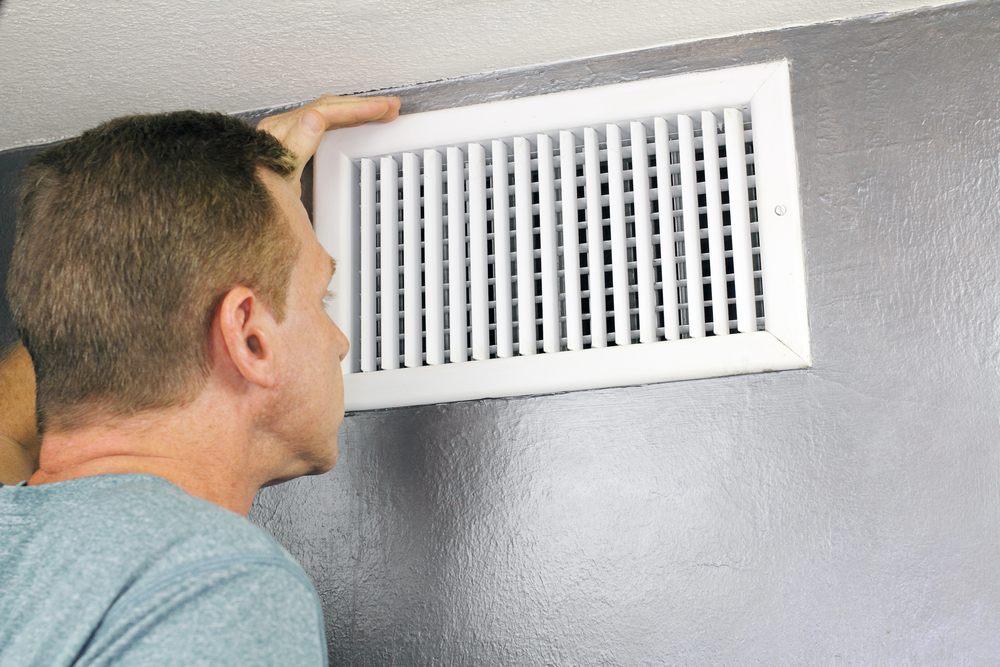

Function
HVAC Return Function
The function of an HVAC return is to collect air from different areas of the building and return it to the HVAC unit for treatment. As air circulates through the living spaces, it picks up various contaminants, such as dust, pollen, and pet dander. The HVAC return acts as an intake, allowing this air to be filtered and conditioned before being redistributed.
HVAC Vent Function
The function of an HVAC vent is to deliver treated air from the HVAC unit to the living spaces. The conditioned air is forced through the ductwork and released into the environment through the vents. By adjusting the vents, occupants can control the amount of conditioned air entering each room, enabling personalized comfort and temperature control.
Airflow Direction
HVAC Return Airflow Direction
The airflow direction of an HVAC return is inward, pulling the air from the living spaces and directing it towards the HVAC unit. This allows the return to capture and remove stale or polluted air, contributing to improved indoor air quality. The return airflow is typically low velocity, as its main purpose is to collect air rather than supply it.
HVAC Vent Airflow Direction
The airflow direction of an HVAC vent is outward, releasing conditioned air into the living spaces. The vents act as outlets for the treated air to be distributed throughout the building. The airflow from the vents is typically high velocity to ensure efficient air circulation and quick temperature adjustment.
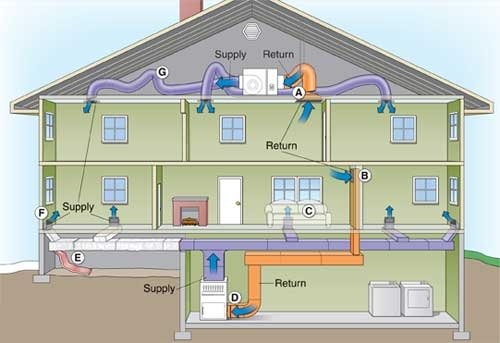

Air Treatment
HVAC Return Air Treatment
During the air return process, the HVAC return plays a crucial role in air treatment. Before the air is returned to the HVAC unit, it passes through a filter that removes dust, allergens, and other pollutants. This filtration process helps maintain clean and healthy indoor air quality, reducing the presence of airborne contaminants.
HVAC Vent Air Treatment
While HVAC vents do not directly treat the air, the conditioned air that flows through them is a result of the treatment performed by the HVAC unit. The HVAC unit typically includes components such as filters, heat exchangers, and refrigeration systems, which condition the air by removing impurities, adjusting temperature, and controlling humidity levels.
Connection to Ductwork
HVAC Return Connection to Ductwork
HVAC returns are connected to the ductwork system, which allows for the circulation of air between the return and the HVAC unit. The ductwork acts as a network of pathways that direct the airflow throughout the building. The connection between the return and the ductwork ensures that air can be effectively drawn from different areas and returned for treatment.
HVAC Vent Connection to Ductwork
Similarly, HVAC vents are connected to the ductwork system to enable the distribution of conditioned air throughout the building. The HVAC unit forces the treated air through the ductwork, which then branches off to different vents in various rooms. The connection between the vent and the ductwork ensures that conditioned air can be efficiently delivered to the desired locations.
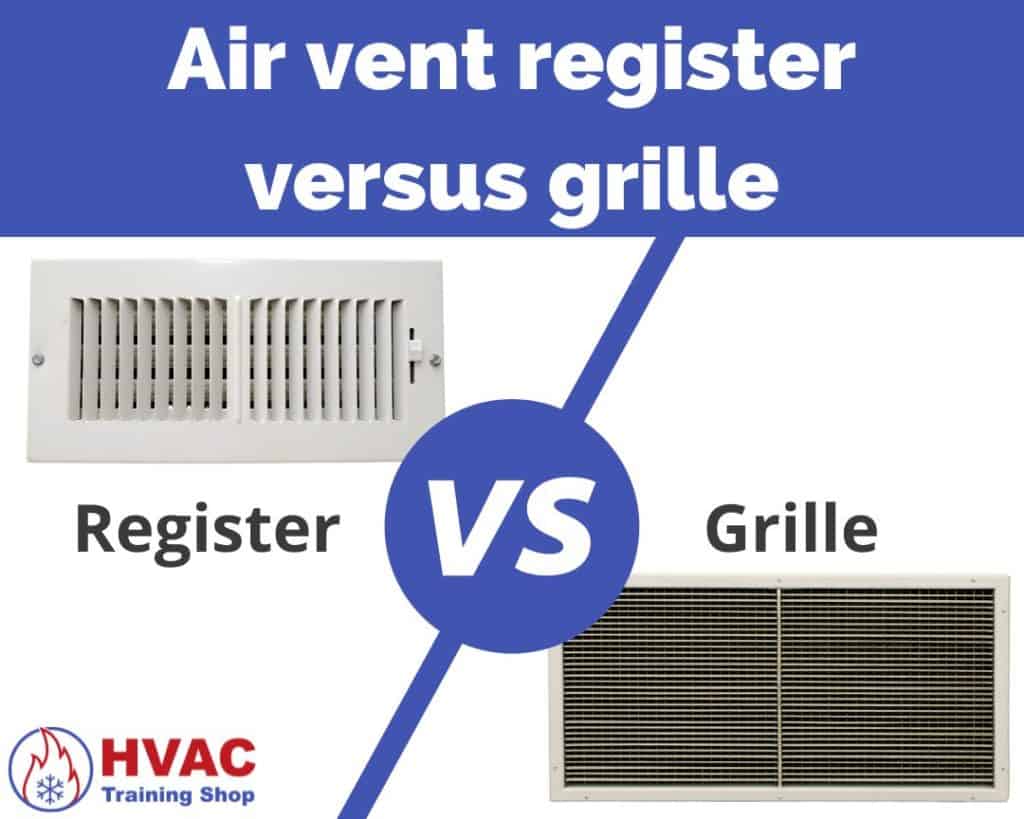

Sizing
HVAC Return Sizing
The sizing of an HVAC return is crucial to ensure the proper functioning of the overall system. The size of the return should be sufficient to handle the airflow volume required for optimal air circulation and balanced pressure. Undersized returns can result in restricted airflow and reduced system efficiency, while oversized returns can lead to increased energy consumption.
HVAC Vent Sizing
Similarly, HVAC vents should be properly sized to ensure effective air distribution. The size of the vents must be appropriate for the room they are serving to achieve the desired airflow rate. Oversized vents may cause noisy operation and uneven temperature distribution, while undersized vents may result in reduced airflow and decreased comfort levels.
Importance
Importance of HVAC Return
HVAC returns play a vital role in maintaining a comfortable and healthy indoor environment. They help remove stale air, odors, and pollutants from the living spaces, preventing them from accumulating and causing health issues. Without the presence of HVAC returns, air circulation within a building would be inefficient, leading to potential temperature imbalances and decreased air quality.
Importance of HVAC Vent
HVAC vents are equally important as they deliver conditioned air directly to the living spaces, ensuring optimal comfort and temperature control. Properly positioned and sized vents contribute to an even distribution of conditioned air, minimizing temperature fluctuations and creating a pleasant indoor environment. Without HVAC vents, treated air would not effectively reach the occupied areas, leading to discomfort.
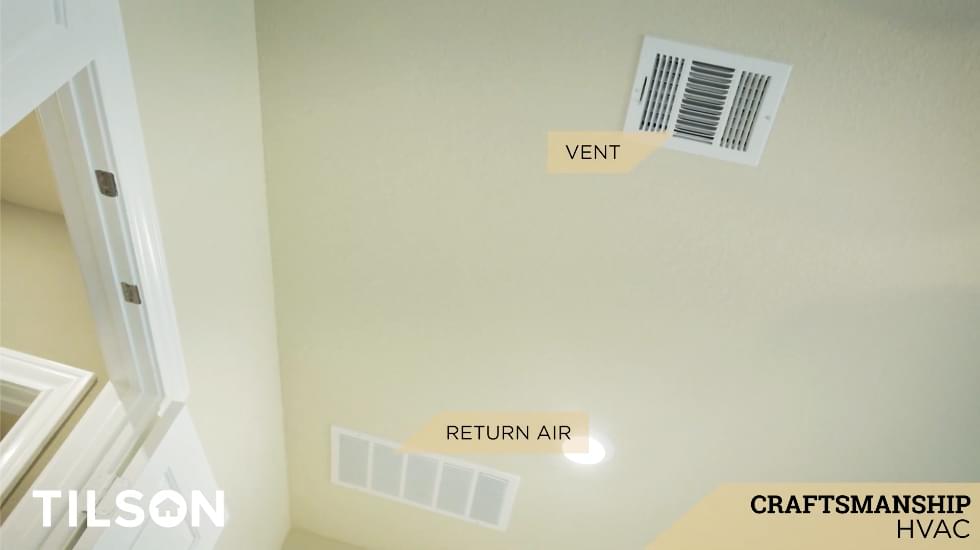

Common Issues
Common Issues with HVAC Returns
One common issue with HVAC returns is the buildup of dust and debris in the return grilles and filters. This can restrict airflow, reduce system efficiency, and negatively impact indoor air quality. Regular cleaning and filter replacement are essential to prevent these problems. Another issue can be improper placement or sizing of returns, resulting in inadequate air circulation or imbalanced temperature zones.
Common Issues with HVAC Vents
Common issues with HVAC vents include blockages due to the accumulation of dust, debris, or objects obstructing the airflow. This can lead to reduced airflow, noisy operation, and inefficient temperature control. Additionally, improper adjustment of vents may result in uneven temperature distribution within the building. Regular cleaning, inspection, and proper adjustment are necessary to address these issues.
Maintenance
HVAC Return Maintenance
To ensure optimal performance, HVAC returns require regular maintenance. This includes cleaning the return grilles and the filter, as well as inspecting for any blockages or damage. It is important to replace the filter according to the manufacturer’s recommendations to prevent restricted airflow and maintain good indoor air quality. Regular inspection of the return ductwork is also essential to identify and address any leaks or damage.
HVAC Vent Maintenance
HVAC vents should also be regularly maintained to guarantee efficient airflow and proper temperature control. Cleaning the vents regularly, removing any obstructions, and ensuring they are properly adjusted are important maintenance tasks. Additionally, inspecting the ductwork connected to the vents for leaks or damage is necessary to prevent air loss and maintain system efficiency.
In conclusion, HVAC returns and vents serve different but equally important roles in maintaining a comfortable and healthy indoor environment. While HVAC returns draw in air from the living spaces and return it to the HVAC unit for treatment, HVAC vents distribute conditioned air back into the building. Understanding the functions, locations, and maintenance requirements of these components is crucial for optimizing the performance of the HVAC system and ensuring a pleasant indoor experience. Regular cleaning, inspection, and proper sizing of both HVAC returns and vents are essential to promote efficient airflow, temperature control, and good indoor air quality.

